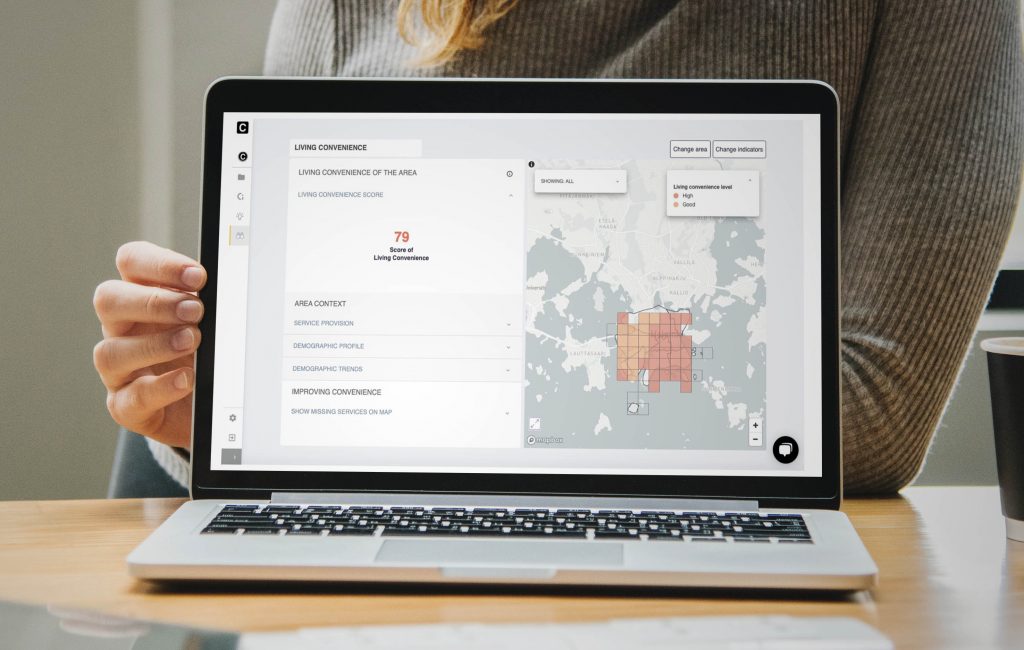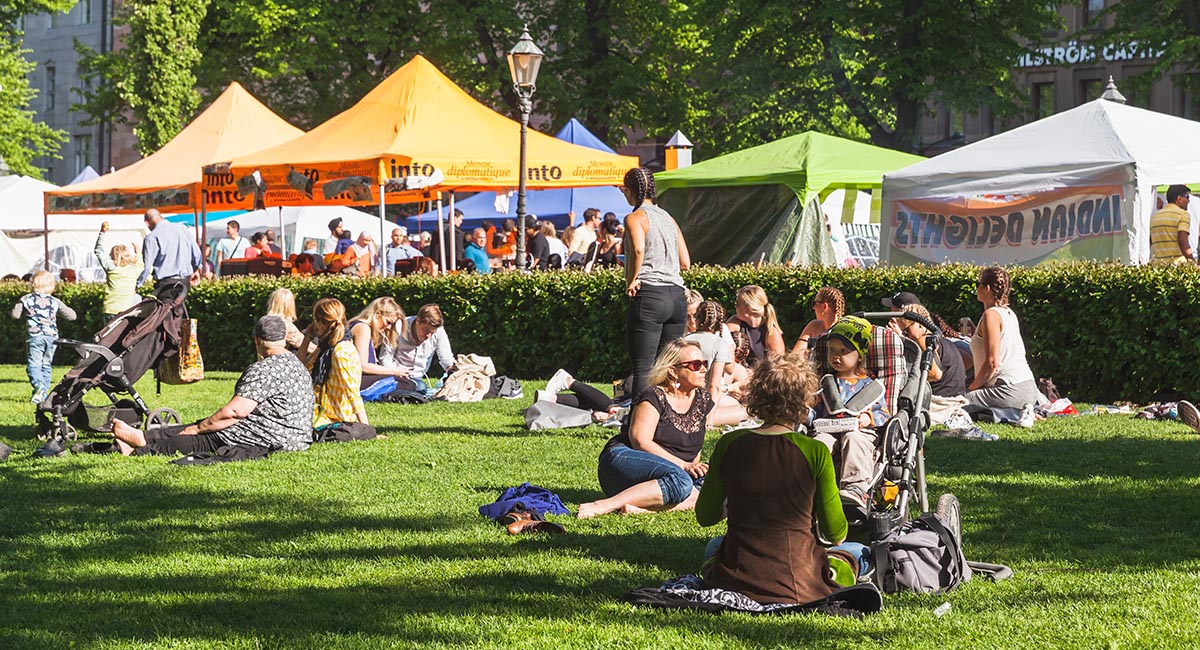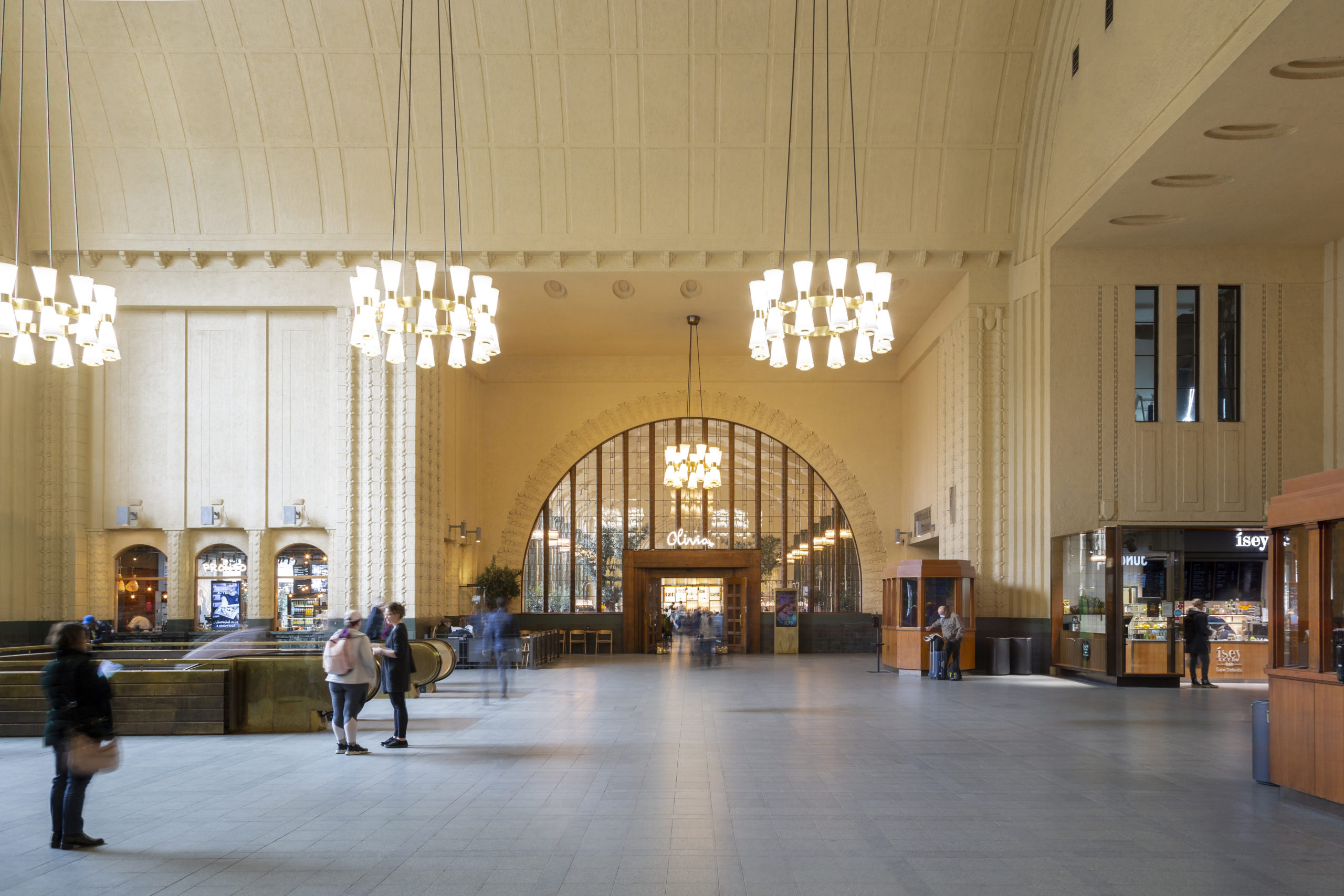FIRST AND FOREMOST, A FEW URBAN FACTS ABOUT HELSINKI:
Helsinki is quite a young city in the sense that it started its rapid urbanization only in the 1970s. This means that urban planners and architects are still learning about the best practices for Helsinki.
Helsinki has a unique geographical location that requires unique urban solutions. For instance, complicated weather conditions make it challenging to forecast how internal and external forces act on structural components: how much a construction would sink in and how the ground would behave.
Helsinki is the example of a city that is actively following sustainable trends in urban planning. Nowadays, the “going green” strategy goes beyond than just the perseverance of nature; it is about the integration of nature into the city landscape. The preservation of nature is intrinsic to the Finnish identity, which is not just an ephemeral notion, it is, indeed, practically reflected in Finland’s environmental administration and legislation, that is considered in all sectors of society.
INTERVIEW
Q: How do you evaluate current urban practices and trends in Helsinki?
A: Helsinki is definitely growing and becoming more urbanised. There can be several trends spotted that characterise the direction the city is taking. One of the trends is embracing the sea and islands. Helsinki area is surrounded by a number of islands, and spreads across a number of bays and peninsulas, hence wise, creating the infrastructure and connections among islets to the mainland becomes a primary plan. (See Crown bridges// Kruunusillat project, author’s note). Another trend is liveable spaces, indoor and outdoor ones. The weather and the seasons largely determine the type of urban planning solutions that can be implemented in Helsinki. Rough weather conditions, for instance, drive city planning into the underground. Having such an underground resource is a privilege, and we need to utilise it in a sustainable way for public and private activities. Sustainability (in Helsinki) is also reflected in the way we plan our traffic. For instance — says Henna — we now think more about the development of areas for pedestrians and public transportation.
Q: What is the role of innovation for Helsinki urban development?
A: Helsinki is a technologically oriented city, and we do implement smart city strategies. Helsinki city is open to innovations and exploring new technologies that startups can offer, but it is all about the right match, and how these technologies can address the current needs and the needs of ongoing projects. First of all, we look at how innovation improves the quality of life, since quality has always come first for us what comes to planning. Secondly, the technology behind a smart city should hold a humanistic mission to bring a positive impact to society.
Q: How important is citizen engagement, then? Can you say that Helsinki is becoming people-driven? What are the challenges?
A: We do need to think about particular needs that every separate area would require, there is no “one-size-fits-all” kind of approach in this case. Helsinki is a young and vibrant city and driven by the youth, but we still lack information about the way people — including the youth — use the city. Millennials are characterised by a high mobility and active lifestyle compared to young people 25-30 years ago. The frequent change of accommodation or work is one of these variabilities in the demographic makeup that is challenging to track. It is also challenging to receive representative data from every group of society and reach younger generations.
Helander points out that Helsinki city needs a medium to communicate with the youth, and a challenge would be to find a technology that would attract younger generations and encourage active participation. In understanding people’s behaviour, the central point for us — continues Helander — is to see how people spend their time in the city, why and how residents make their commuting decisions, and how people organically reserve and favour different spots for different activities: either for sports, street culture events, or leisure time.
Q: Is there anything you would like to improve in the current state of urban planning?
A: Communication. We need to establish good communication between people. The other thing would be shared spaces. Helsinki needs more shared spaces and urban areas where people could meet each other.
Q: To wrap up our conversation, how do you see the future life in a smart city?
A: I believe that in the future virtual reality (VR) will be closely intermingled with our reality. VR would become such an integral and usual component of our day-to-day life that we would perceive it as something natural. The same way we treat today, for example, mobile or internet advances.
In conclusion, we can say that, despite the fact that we are living in a data-driven era, this data should have a “human” face. Accessing demographics combined with hard facts, and identifying the needs of people is what will secure the sustainable smart city future. Let’s work for this together!



